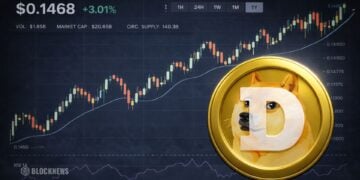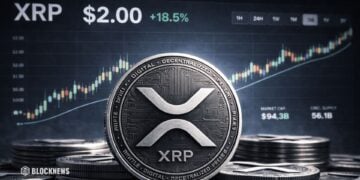- Solana is trading around $125.9, testing key support levels between $120–$125, with analysts warning of a potential dip to $100 if bearish pressure continues.
- Despite market caution, optimism lingers, fueled by bullish developments like OpenSea’s integration of Solana and the upcoming launch of spot Solana ETFs in Canada.
- The future outlook for $SOL hinges on market recovery, adoption growth, and macroeconomic clarity, with a possible rebound to $150+ if conditions improve.
Solana
Solana ($SOL) has solidified its position as a leading blockchain platform, known for enabling decentralized, scalable applications. Its main advantage over Ethereum is its fast transaction speeds and low fees, making it a top choice for many projects.
Price Movements
Currently priced at $125.9, with a market capitalization of around $65 billion, Solana has seen significant volatility in the past year. After a strong rally from $125 to an all-time high of $294, the price sharply reversed and is now hovering near yearly lows. This recent pullback reflects broader market weakness and the loss of key support levels.
Credit: CoinGecko
Price Predictions
Solana is currently testing support in the $120-$125 range. Looking ahead, analysts remain cautious, with many suggesting that if the price drops below $120, it could revisit lower levels, with a potential short-term pullback to $100. However, if market conditions improve, there could be a quick rebound, with prices possibly bouncing back to the $150+ mark as a relief rally.
Market Sentiment and Developments
Market sentiment around Solana is mixed. On the positive side, recent developments such as OpenSea’s addition of Solana support as part of its platform overhaul and Canada’s upcoming launch of spot Solana ETFs, following regulatory approval, are generating optimism. On the flip side, macroeconomic concerns—such as widespread market liquidations and trade policy uncertainty—have kept many investors cautious.
Future Outlook
Looking ahead, the future of Solana will depend on a combination of market conditions, continued adoption, and the resolution of broader economic challenges.














